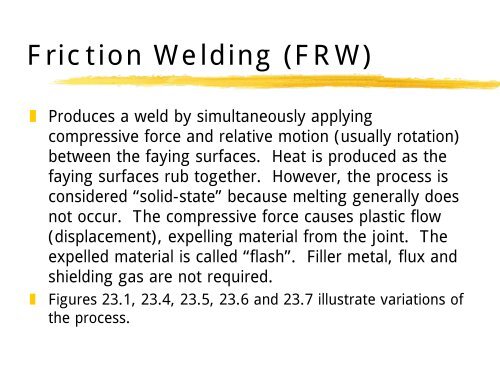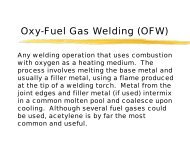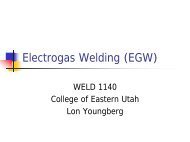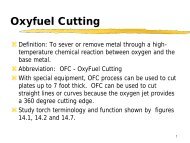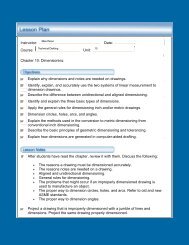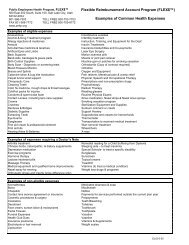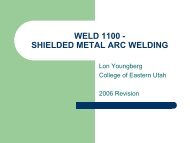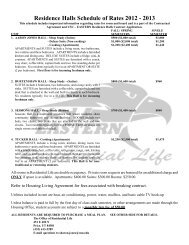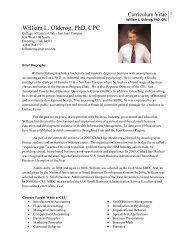Friction Welding (FRW)
Friction Welding (FRW)
Friction Welding (FRW)
You also want an ePaper? Increase the reach of your titles
YUMPU automatically turns print PDFs into web optimized ePapers that Google loves.
<strong>Friction</strong> <strong>Welding</strong> (<strong>FRW</strong>)<br />
Produces a weld by simultaneously applying<br />
compressive force and relative motion (usually rotation)<br />
between the faying surfaces. Heat is produced as the<br />
faying surfaces rub together. However, the process is<br />
considered “solid-state” because melting generally does<br />
not occur. The compressive force causes plastic flow<br />
(displacement), expelling material from the joint. The<br />
expelled material is called “flash”. Filler metal, flux and<br />
shielding gas are not required.<br />
Figures 23.1, 23.4, 23.5, 23.6 and 23.7 illustrate variations of<br />
the process.
Energy Input Methods<br />
Direct Drive <strong>Welding</strong> (conventional) - One workpiece is<br />
restrained while the other is attached directly to a motor<br />
drive unit.<br />
Inertia Drive <strong>Welding</strong> (flywheel) - One workpiece is<br />
restrained and the other is attached to a flywheel.<br />
Note: Flywheels are devices used to store kinetic energy.<br />
For instance, a small motor can be used to rotate a<br />
relatively large and heavy wheel. Once the wheel is at full<br />
speed, the energy stored within it can be used to perform<br />
work that the small motor is not capable of doing by itself.
Types of Relative Motion<br />
Most friction welding is performed by holding one of the<br />
two workpieces stationary while the other is rotated<br />
about an axis of symmetry with the faying surfaces<br />
perpendicular to that axis. (See figures 23.1 and 23.4.)<br />
Other types of motion include:<br />
Radial - figure 23.5<br />
Orbital - figure 23.6<br />
<strong>Friction</strong> - figure 23.7A<br />
Angular Reciprocating - figure 23.7B<br />
Linear Reciprocating - figure 23.7C
Process Characterization<br />
2 Main Mechanisms (fig. 23.2 & 23.3):<br />
<strong>Friction</strong> Stage<br />
Forging Stage<br />
Primary Process Variables:<br />
Speed<br />
Pressure<br />
Time
<strong>Friction</strong> <strong>Welding</strong> Advantages<br />
No filler metal needed.<br />
Flux and shielding gas not required.<br />
Environmentally clean (no arc, sparks, smoke or fumes).<br />
Surface cleanliness not as critical as some processes.<br />
Narrow heat-affected zone (HAZ)<br />
Suitable for most materials and many dissimilar<br />
combinations.<br />
Less operator skill required.<br />
Good for mass production. (drill bits)<br />
Rapid process.
<strong>Friction</strong> <strong>Welding</strong> Limitations<br />
One workpiece must have an axis of symmetry that it<br />
can be rotated about.<br />
Preparation and alignment are critical.<br />
High equipment and tooling costs.<br />
Some materials cannot be friction welded.<br />
Special machines required for parts longer than 3-foot.<br />
Process turns the grain direction 90º creating potential<br />
for preferential corrosion.<br />
• Source (all slides) - AWS Handbook, Volume 2, eighth edition.


